In recent days, rubber growers in Cam Lo, Gio Linh, Vinh Linh districts have been extremely worried due to the phenomenon of branches drying up and leaves falling abnormally on rubber trees during the business period. This is a new disease appearing on rubber trees in the province, so rubber growers are very confused, and specialized agencies have not yet found an effective solution or medicine to prevent it.

Professional agencies use drones to test a mixture of many drugs to find the most effective method of disease prevention for rubber trees - Photo: LA
Ms. Tran Thi Lan in Phan Xa Phuong village, Cam Thanh commune, Cam Lo district said that her family has 3 hectares of rubber trees that are 10 years old and are in the exploitation period. On average, she earns about 1.5 million VND per day. However, since the rubber trees were infected, the entire area no longer produces latex.
According to Ms. Lan, the disease began to appear on rubber trees at the end of 2023 and spread very quickly. Initially, only a few trees, then almost her entire rubber plantation had dry branches, lost leaves, and stopped secreting latex. “At first, I thought the rubber trees were suffering from physiological leaf loss, but after checking, it was not. Because if the leaves were physiologically falling, the leaves on the tree would still be bright red when they fell, but here both the leaves and branches were dry from the tree and fell to the base.
The spread of this disease is also very fast. There are rubber plantations where almost the entire area is infected. There is no latex so people have stopped tapping latex. While this is the main source of income for people," said Ms. Lan.
Taking us to see his 1 hectare rubber plantation, Mr. Le Van Binh from Phan Xa Phuong village said that the disease had just appeared on his 10-year-old rubber plantation since early January 2024 and was spreading very quickly. Because it occurred during the physiological leaf shedding stage of rubber trees, he did not pay attention at first. To date, over 90% of the rubber trees in his family's 1 hectare rubber plantation have been infected.
According to Mr. Binh, the biggest difficulty at present is that there is no effective medicine to prevent and control diseases. Rubber trees are tall, so it is difficult to spray medicine. Drones are needed to spray pesticides, but people do not have the means, so they have to wait for support from their superiors.
“All rubber plantations of the villagers are currently infected with this new disease. The branches of the trees are dry and the leaves have fallen. If there is no timely prevention and treatment plan, I am afraid the rubber trees will die. If we cannot overcome this, the risk of productivity and latex output in the following years will certainly decrease,” said Mr. Binh.
Head of the Department of Agriculture and Rural Development of Cam Lo district, Pham Viet Thanh, said that the district currently has over 4,100 hectares of rubber, of which about 3,500 hectares are in the commercial period. Up to now, about 200 hectares have been infected with a new disease that causes branches to dry and leaves to fall, spreading throughout the rubber-growing communes. Faced with this worrying reality, Cam Lo district has coordinated with the Department of Cultivation and Plant Protection (TT&BVTV) to pilot spraying pesticides to prevent and control the disease on an area of 3 hectares using Drones.
At the same time, the Plant Protection and Information Station was assigned to be the focal point, to count and review the infected rubber area and to propagate for people to register for disease control spraying. However, according to Mr. Thanh, although the leader has registered, because this is the time when the units providing drone spraying services are focusing on spraying winter-spring rice, it is quite difficult to contact. It is expected that in the next few days, the infected rubber area of the people will be sprayed for disease control.
According to the investigation results of the Plant Protection Department, not only Cam Lo district but this new disease is appearing in all key rubber growing districts of the province with an infected area of more than 500 hectares. Concentrated mainly in Cam Lo district with 200 hectares, Vinh Linh district with 250 hectares, Gio Linh district with 50 hectares. The disease damages both rubber trees in the basic construction period and rubber trees in the exploitation stage, but mainly in commercial rubber gardens that are 10 years old or older.
Head of the Plant Protection and Plant Protection Department Bui Phuoc Trang informed that through investigation, monitoring and feedback from local people and authorities, on January 8, the unit discovered the phenomenon of dry branches and leaf loss on rubber trees in the business phase in Cam Lo district. This is a new phenomenon appearing on rubber trees in Quang Tri , occurring at the same time as the physiological leaf loss stage, leading to confusion.
Faced with this situation, on January 10, the Plant Protection and Development Department collected samples and sent them to the Plant Protection Institute (Ministry of Agriculture and Rural Development) for examination to determine the cause of the dry branches and leaf fall. At the same time, it directed technical staff to closely follow the base, investigate and count the area with the same phenomenon and guide people to implement initial preventive measures such as: temporarily stopping latex tapping, cleaning the garden, collecting diseased leaves and branches and removing them from the garden for destruction.
On January 13, the Plant Protection Institute had the results of the response to the phenomenon of dry branches and leaf loss caused by a combination of two fungi Colletotrichum and Neopestalotiopsis. This is a new disease that has caused leaf loss of rubber trees in Southeast Asian countries and southern provinces in recent years.
Immediately after receiving the appraisal results from the Plant Protection Institute, the Plant Protection Department advised the Department of Agriculture and Rural Development to issue an official dispatch guiding localities to implement measures to prevent and control rubber branch drying and leaf fall diseases.
Specifically, use systemic insecticides such as Tilt Super 300EC, Map super 300EC, Eddy 72WP, Calox 250SC, Anvil® 5SC, Chevin 5SC, Saizole 5SC... to prevent the disease. Note that to increase the effectiveness of prevention, when spraying, it is necessary to use adhesives and ensure the amount of water; areas with severe disease need to be sprayed 2-3 times, the interval between 2 sprays is about 7-10 days. Use Drone to spray with enough water to cover the entire trunk, branches, and new leaves to limit the disease. At the same time, organize a pilot spraying of pesticides using Drones in Cam Thanh commune, Cam Lo district and Kim Thach commune, Vinh Linh district with a total area of 5 hectares.
According to Mr. Trang, to identify the fungus species, on January 18, the Plant Protection Department continued to collect disease samples in Cam Lo and Vinh Linh districts and sent them to the Plant Quarantine Inspection and Testing Center (Plant Protection Department) for analysis and assessment to come up with the most effective solution and pesticide. While waiting for the results, the unit continued to use Drones to test a mixture of many pesticides with different mechanisms to compare and find the most effective pesticide in prevention and suitable for the current stage of rubber tree development.
"In addition, it is expected that experts from the Plant Protection Department will go directly to Quang Tri to inspect and advise on prevention measures," Mr. Trang added.
Le An
Source


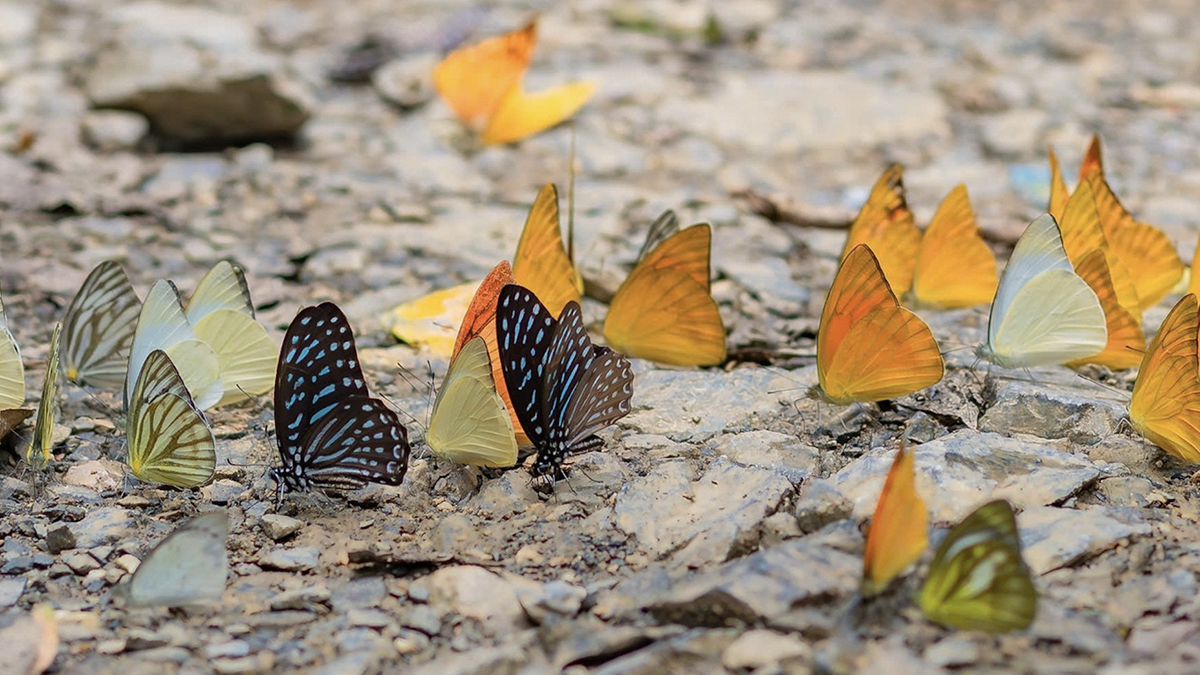




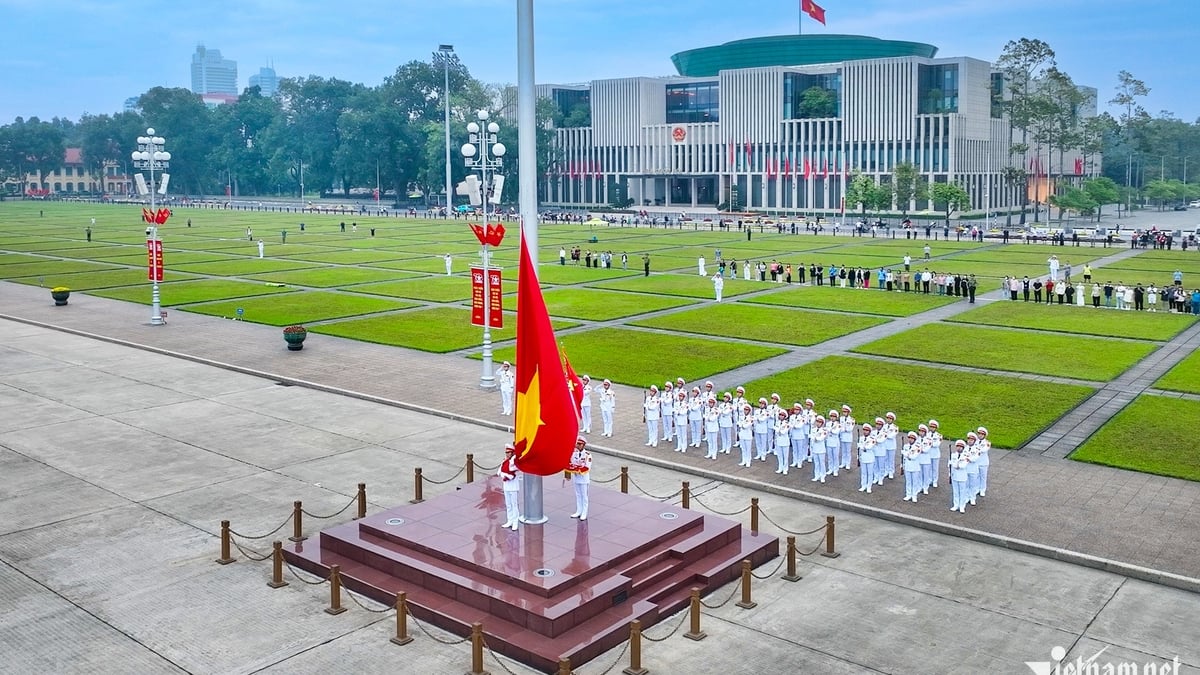
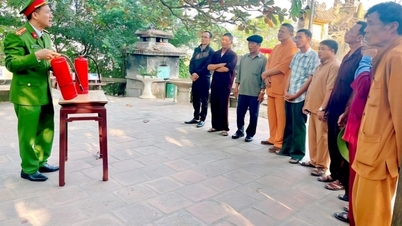


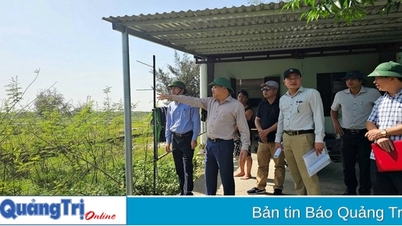

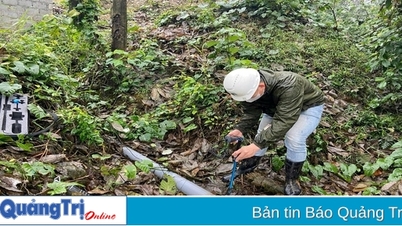







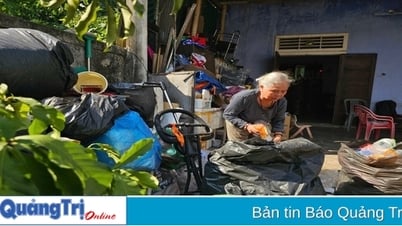




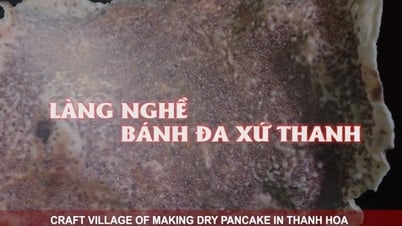





![[Photo] Prime Minister Pham Minh Chinh and Prime Minister of the Kingdom of Thailand Paetongtarn Shinawatra attend the Vietnam-Thailand Business Forum 2025](https://vphoto.vietnam.vn/thumb/1200x675/vietnam/resource/IMAGE/2025/5/16/1cdfce54d25c48a68ae6fb9204f2171a)





















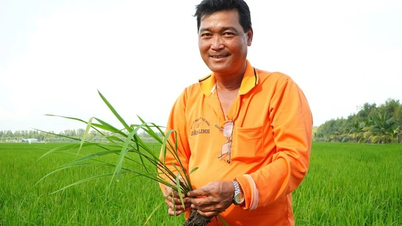

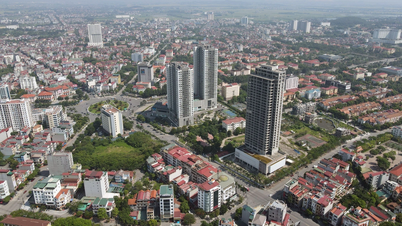













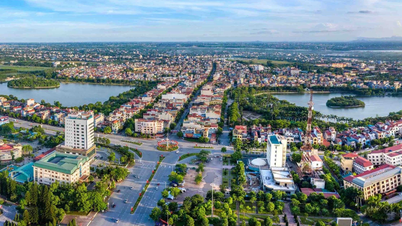






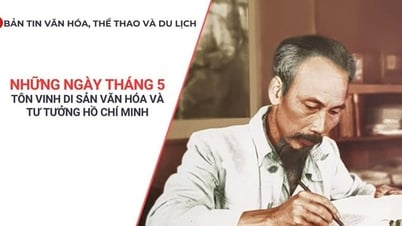

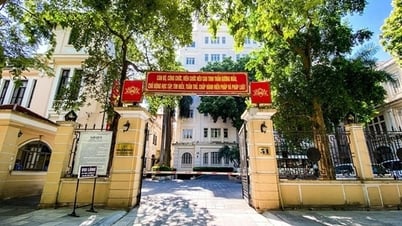




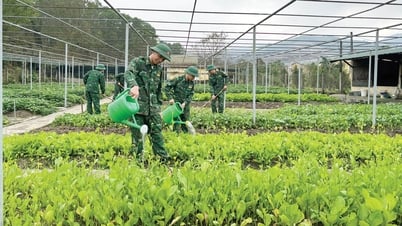







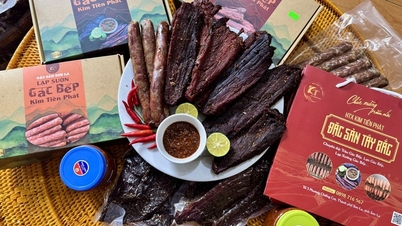

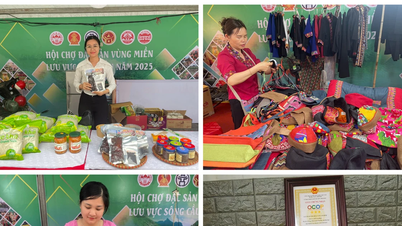

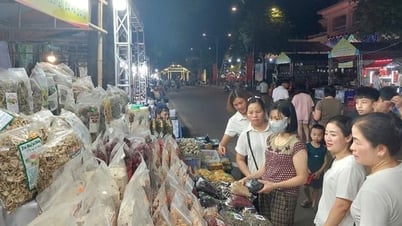





Comment (0)